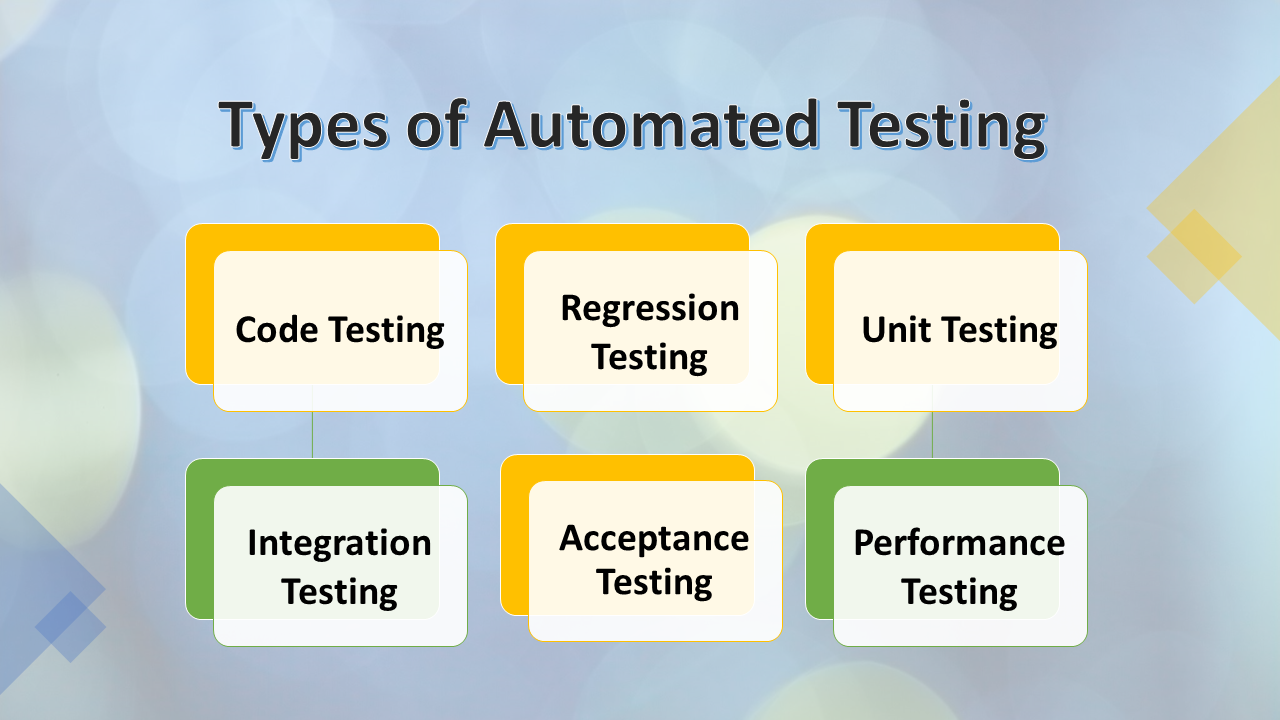The Best Overview to Implementing Automation Testing Successfully
The Best Overview to Implementing Automation Testing Successfully
Blog Article
From Manual to Automated Screening: A Comprehensive Overview to Transitioning Smoothly and Properly
In the world of software application screening, the change from guidebook to automated procedures has become a progressively vital shift for organizations seeking to enhance efficiency and accuracy in their screening practices. The journey from guidebook to automated screening is not without its challenges, however when approached purposefully and with a clear plan in mind, the benefits can be substantial.
Advantages of Automated Evaluating
Automated testing offers many benefits, boosting effectiveness and precision in software development processes. Automated tests can be run simultaneously on numerous gadgets and operating systems, drastically speeding up the testing stage contrasted to hands-on testing.
Moreover, automated testing guarantees a higher level of accuracy in finding defects. Uniformity in testing is also enhanced, as automated tests carry out the exact same actions exactly each time they are run.
Choosing the Right Devices

To start with, evaluate your demands and goals. Recognize the extent of your project, the technologies involved, and the ability of your team. This analysis will certainly assist you identify the attributes and capacities you call for in your testing devices.
Second of all, consider the compatibility of the devices with your existing procedures and systems. Seamless assimilation with your present software program advancement lifecycle is vital to ensure a smooth change to automation.
Additionally, review the scalability and adaptability of the tools. As your screening needs progress, the devices need to have the ability to adjust and suit adjustments effectively.
Finally, factor in the assistance and community around the devices. Durable support and an energetic customer neighborhood can provide beneficial resources and aid when implementing automated screening. By carefully taking into consideration these elements, you can select the right tools that line up with your demands and set the stage for a successful transition to automated testing.
Composing Effective Examination Scripts

When crafting test scripts, it is vital to take into consideration the specific requirements of the software application being evaluated and guarantee that the manuscripts attend to all vital capabilities. Clear and detailed calling conventions for examination scripts and test situations can boost readability and maintainability. In addition, integrating error handling systems within the test scripts can aid in determining and addressing concerns immediately.
Additionally, arranging examination manuscripts into modular parts can boost reusability and scalability, decreasing redundancy and boosting performance in examination manuscript upkeep. Routine testimonials and updates to check scripts are vital to keep rate with advancing software application needs and functionalities. By adhering to these principles, testers can develop durable and reliable test scripts that add considerably to the success of automated testing procedures.
Integrating Automation Into Workflows
Efficient assimilation of automation tools into existing workflows enhances processes and improves productivity within software application development cycles. When incorporating automation into operations, it is critical to determine repetitive tasks that can be automated to save time and minimize human error. By seamlessly integrating automated testing tools like Selenium or Appium into the software growth lifecycle, teams can achieve faster responses on code changes, resulting in quicker insect detection and resolution. This assimilation enables constant testing throughout the growth process, making certain that any type of concerns are determined early on, resulting in greater software application quality. Furthermore, automation can be made use of to activate tests instantly after each code commit, giving prompt validation and liberating testers to concentrate on even more complicated situations. Correct integration of automation tools calls for collaboration between advancement, testing, and procedures teams to establish a unified process that maximizes efficiency and efficiency in providing top notch software.
Making Certain a Smooth Transition
Successfully Look At This transitioning to automated testing includes precise planning and mindful execution to take full advantage of and minimize interruptions efficiency in the software application advancement process - automation testing. To ensure a smooth change, it web link is vital to begin by carrying out an extensive analysis of the existing screening procedures and recognizing areas where automation can bring one of the most considerable advantages. Involving with all stakeholders at an early stage at the same time, consisting of programmers, testers, and project managers, is important for amassing support and buy-in for the automation effort
Communication is key during this transition stage. Clear interaction of the goals, advantages, and assumptions of automated testing helps to take care of any kind of resistance or problems that may develop. Furthermore, providing ample training and resources for group participants to upskill in automation tools and strategies is crucial for guaranteeing a successful change.

Verdict
In verdict, transitioning from manual to automated screening supplies various advantages, consisting of raised performance and reliability. By picking the ideal devices, creating efficient test scripts, and incorporating automation seamlessly into process, companies can ensure a smooth and effective shift. It is important to accept automation as a useful asset in software testing processes to boost general high quality and efficiency.
In the realm of software testing, the shift from guidebook to automated procedures has actually come to be a significantly crucial transition for organizations looking for to improve performance and precision in their screening methods. Automated examinations can be run simultaneously on multiple tools and running systems, considerably speeding up the testing stage contrasted to hands-on testing. Consistency in testing is also enhanced, discover this as automated tests carry out the very same actions exactly each time they are run.To make certain the effective execution of selected screening tools, the creation of effective examination manuscripts plays a vital function in verifying the performance and efficiency of automated processes - automation testing. By following these principles, testers can develop reliable and robust examination scripts that add considerably to the success of automated screening procedures
Report this page